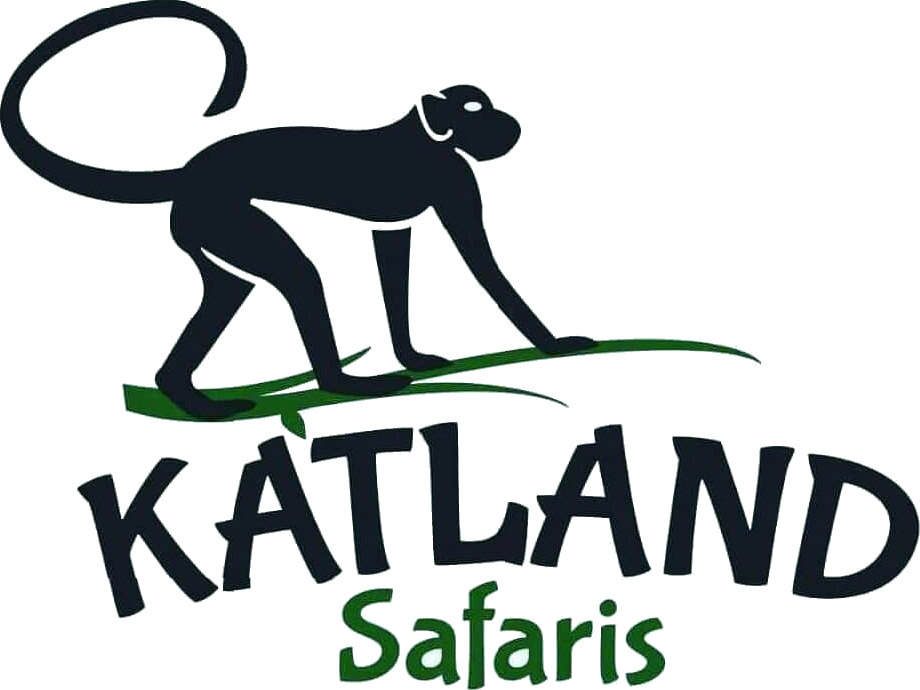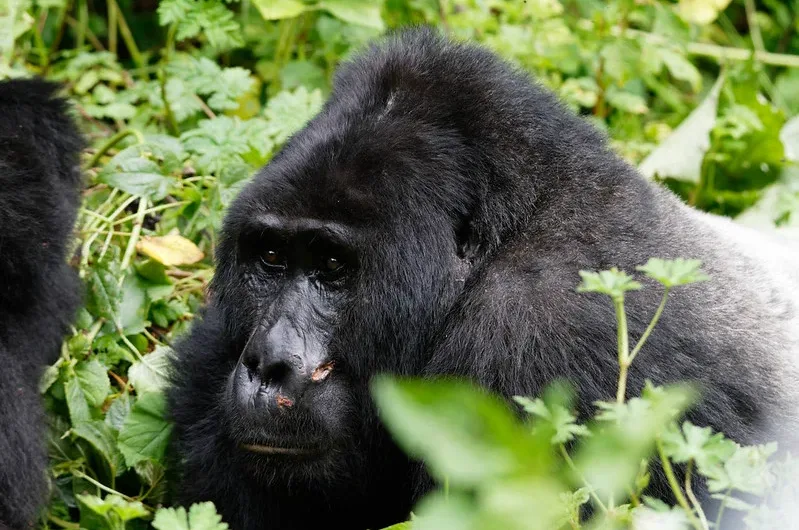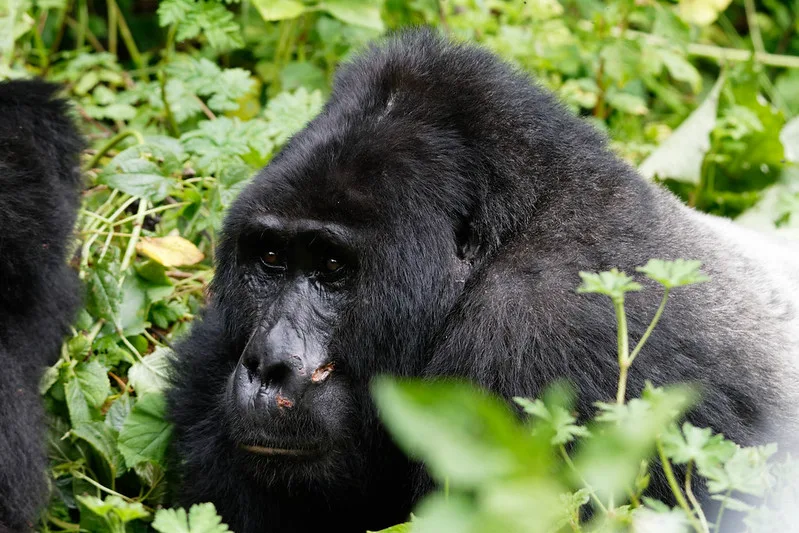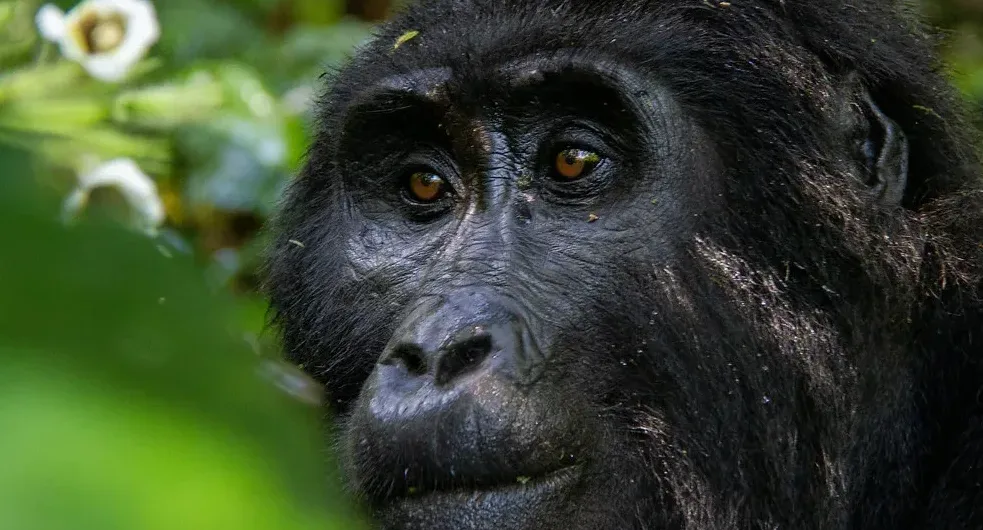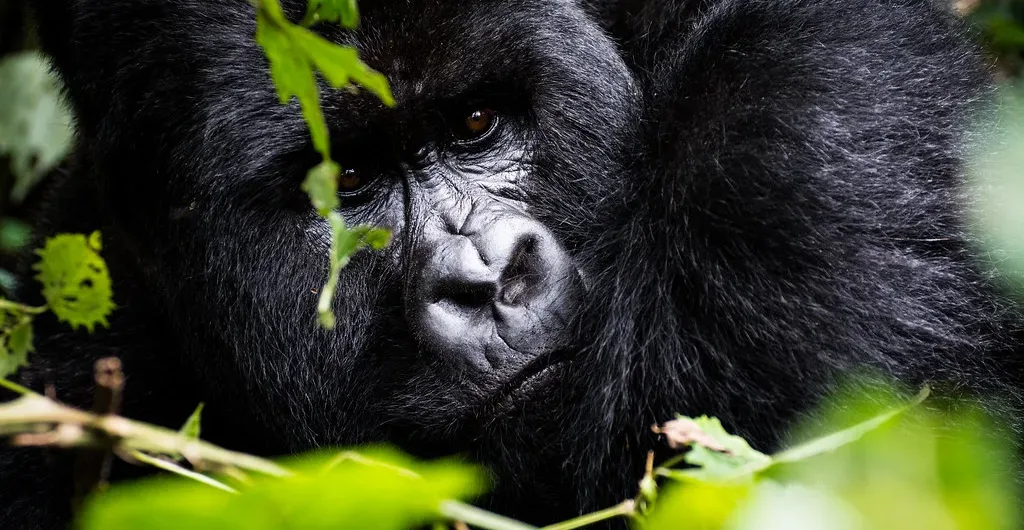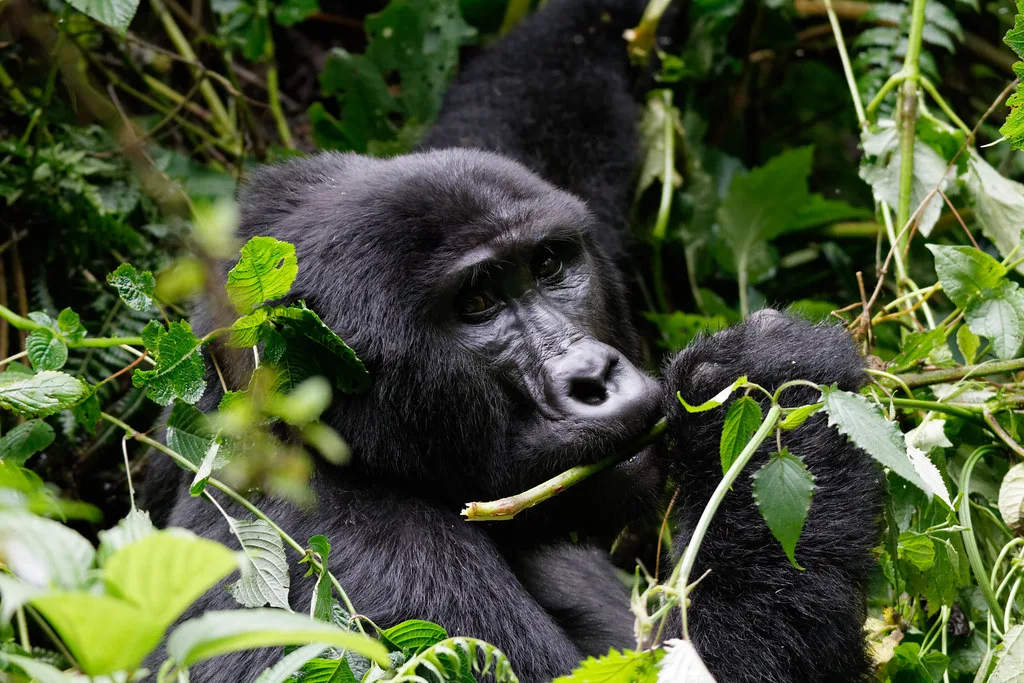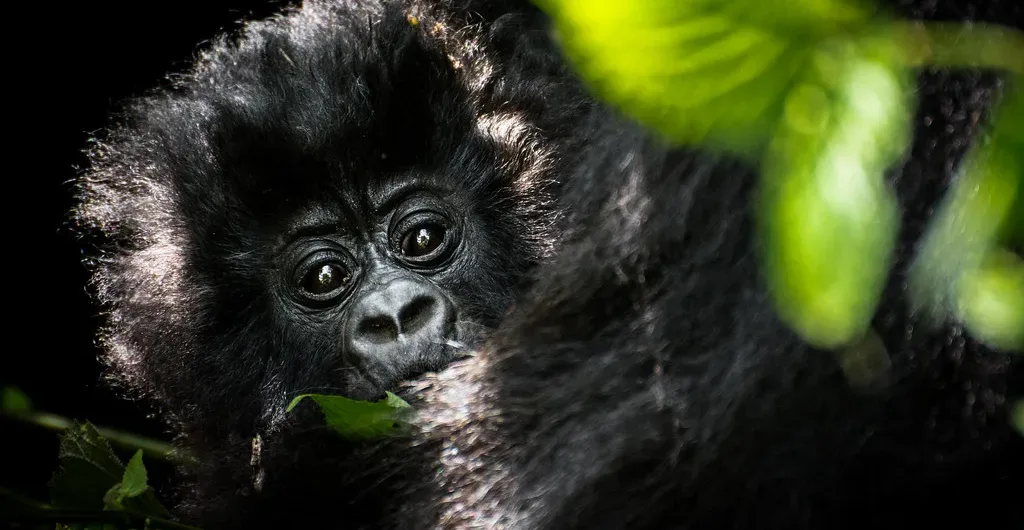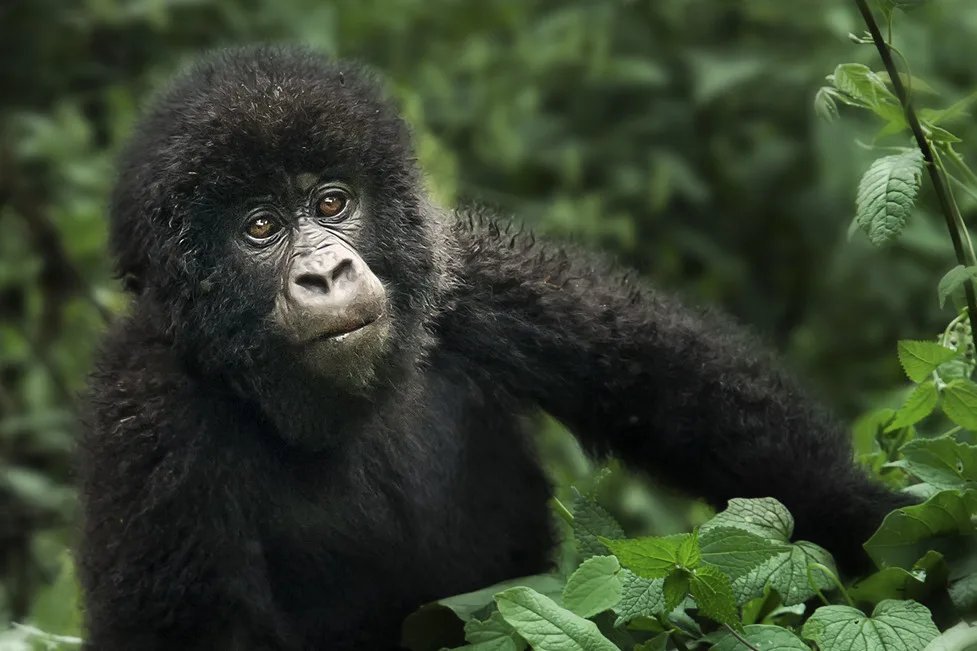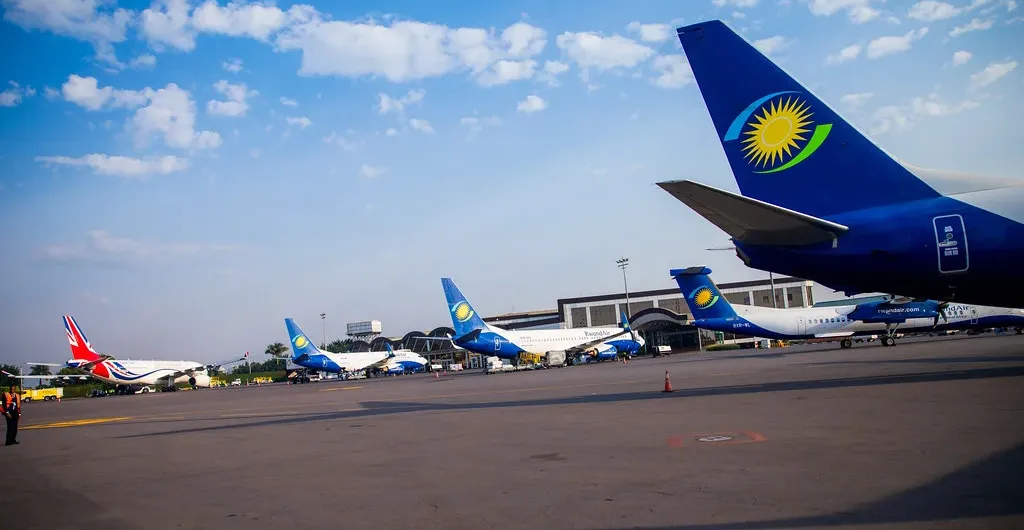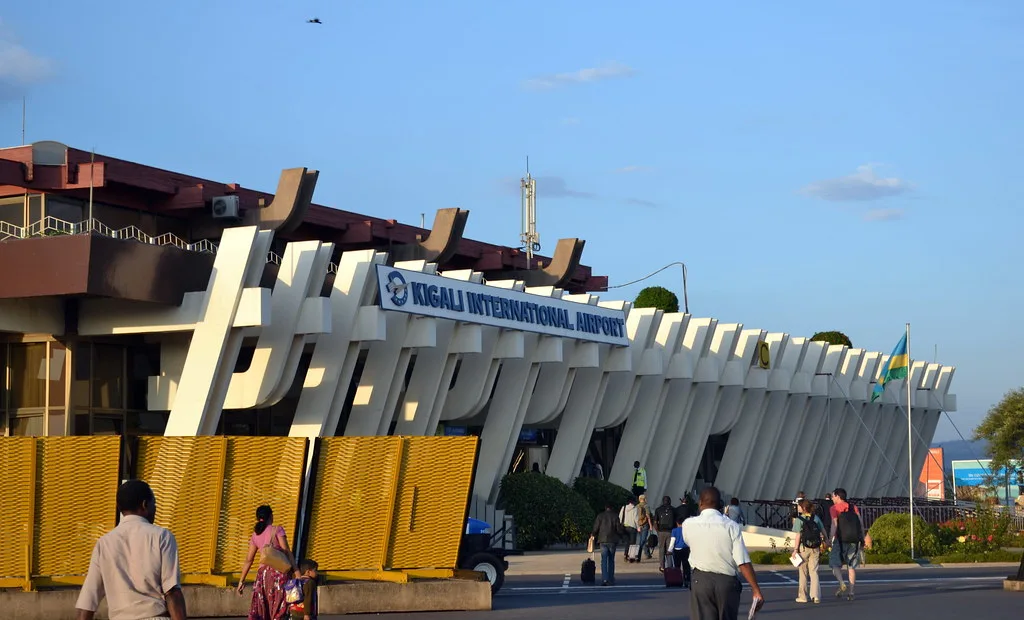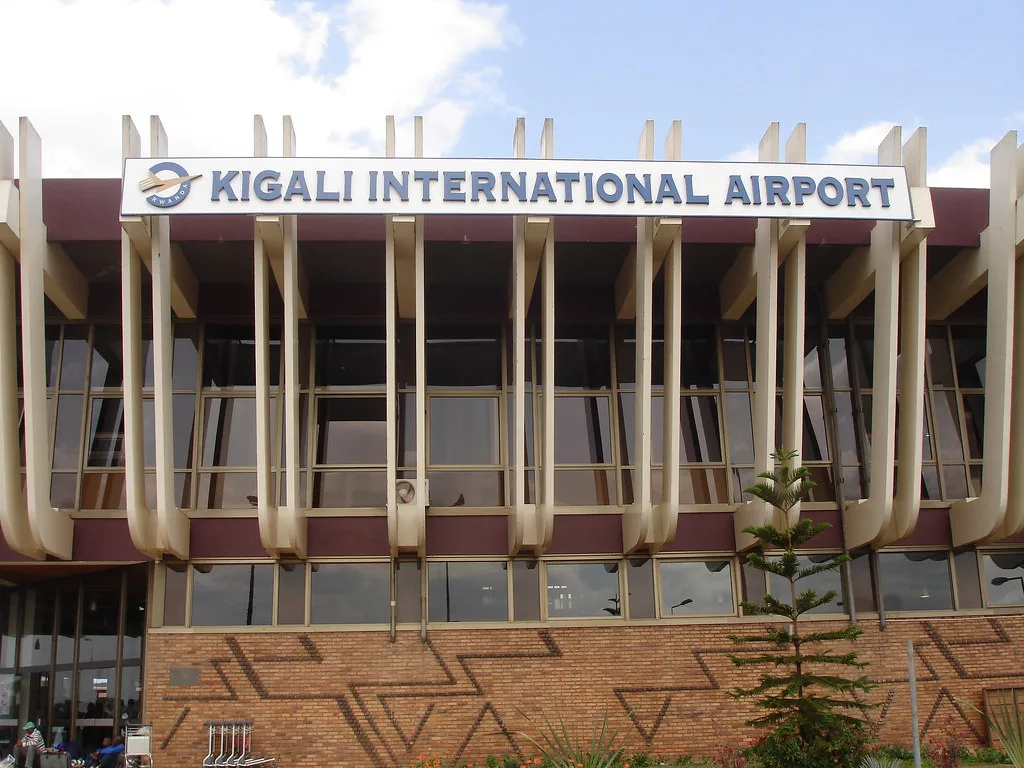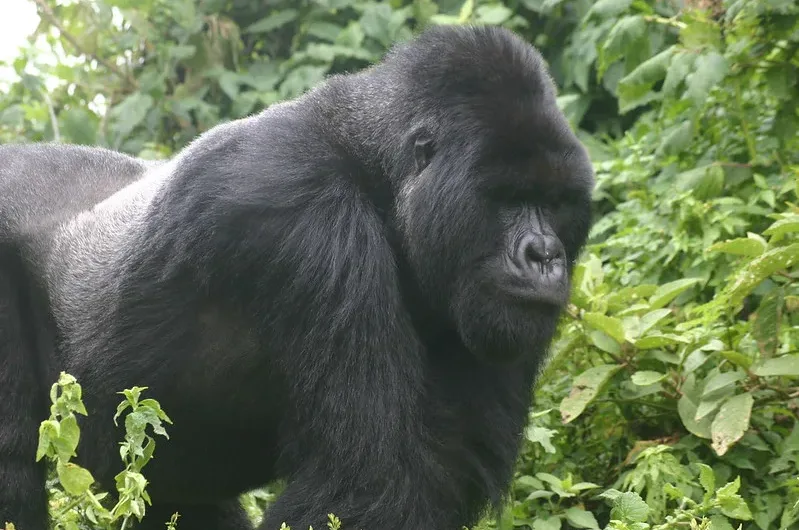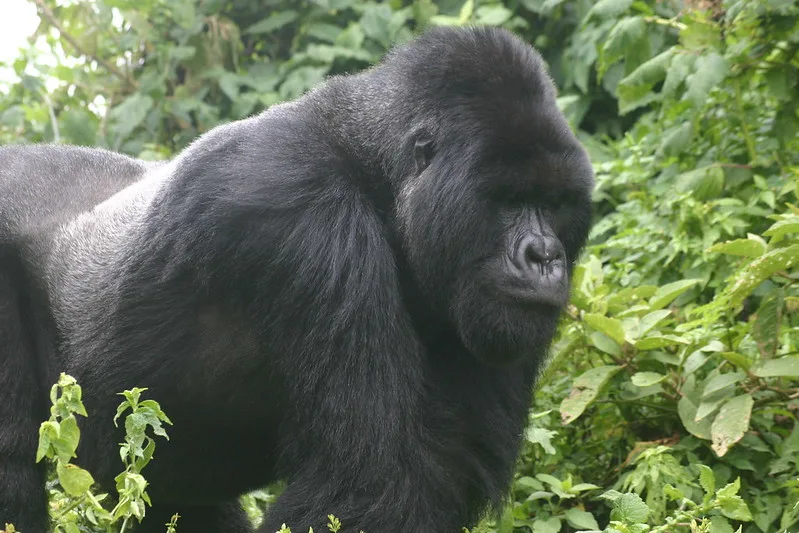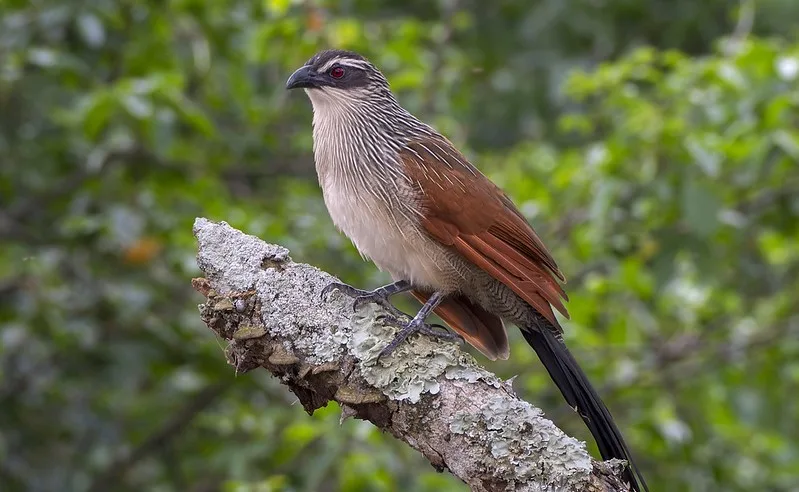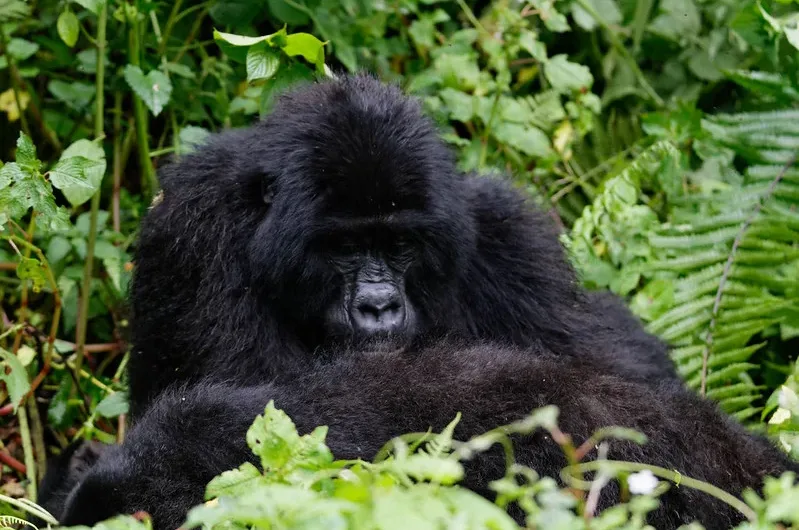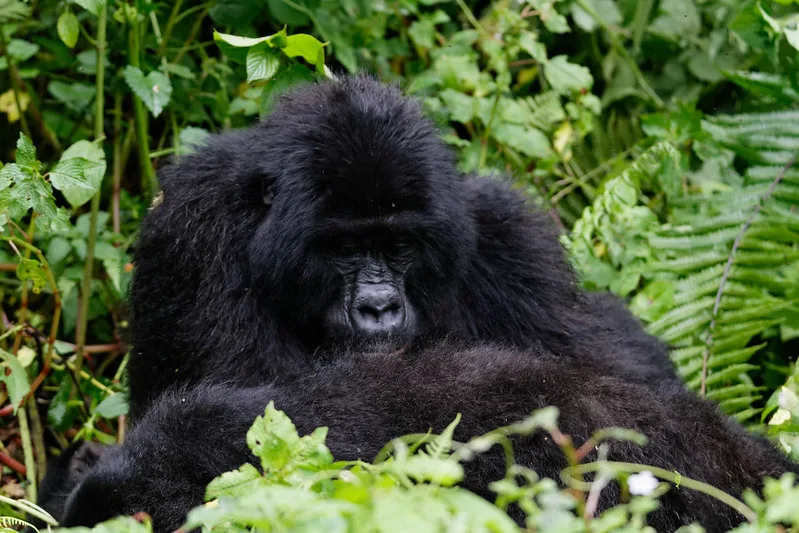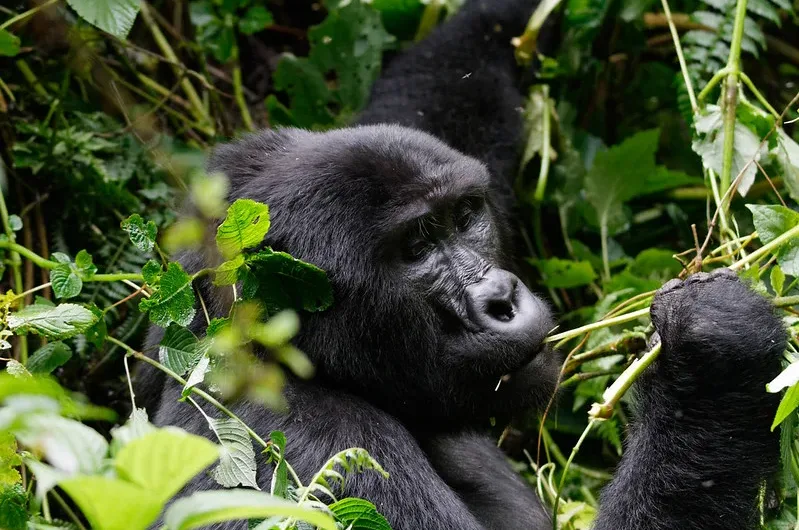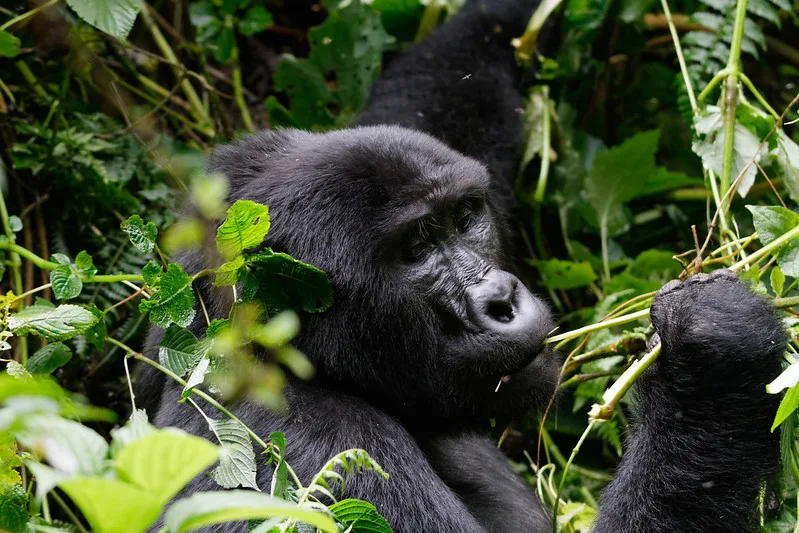Rwanda tour operators are rushing for Uganda gorilla permits.
There are a number of reasons why tour companies from Rwanda are now trying to get gorilla licenses from Uganda. It caught Rwandan tour companies off guard in 2017 when the government decided to immediately raise the price of mountain gorilla permits from USD750.00 to USD1500.00.
Despite Rwanda’s decision to double the price of mountain gorilla permits, Uganda has opted to keep them at USD800.00 year-round and has done away with the cheaper ones provided in April, May, and November. Instead of going to Volcanoes National Park to follow gorillas, Rwandan tour companies are hurrying to get gorilla permits in Uganda.
The demand for gorilla permits in Uganda and why it’s affecting Rwandan tour businesses
The low cost of living in Uganda has tour companies from Rwanda vying for gorilla licenses. Travelers in need of budget-friendly gorilla safaris may find what they’re searching for in Uganda.
For only USD1500.00, in addition to a gorilla permit for USD800.00, a person can have a three-day gorilla safari that includes lodging, transports to and from Bwindi Impenetrable National Park, and more. This means that tour companies in Rwanda are finding it easier and more lucrative to market tours to Uganda that include gorilla tracking. That’s why tour companies from Rwanda are scrambling to get gorilla licenses from Uganda.
Rwanda via Kigali Airport has an edge over Entebbe International Airport, which is another reason why tour companies from Rwanda are hurrying to get gorilla permits and organize treks in Uganda. One must be prepared to be transported several kilometers from Entebbe to Bwindi Impenetrable National Park if they are interested in trekking Uganda gorillas via Uganda.
The time it takes to drive from Entebbe International Airport to Bwindi Impenetrable Park, where you may undertake mountain gorilla trekking, ranges from eight to ten hours. Traveling from Rwanda’s Kigali Airport to either the southern or eastern portion of Bwindi Impenetrable National Park, depending on the border crossing you choose, will take about three to four hours.
It is recommended to monitor mountain gorillas in Ruhija, situated in the eastern part of Bwindi Impenetrable National Park, if you use Katuna boarder, and to track gorillas in the southern part of Bwindi National Park, if you use chanika boarder.
Because the East African tourist visa allowing travelers to transit freely throughout the three nations of Uganda, Rwanda, and Kenya, the whole process of marketing Uganda via Rwanda and Rwandan tour operators racing for Uganda gorilla permits is made possible. As a result, a visitor only needs one visa to enter both Rwanda and Uganda.
